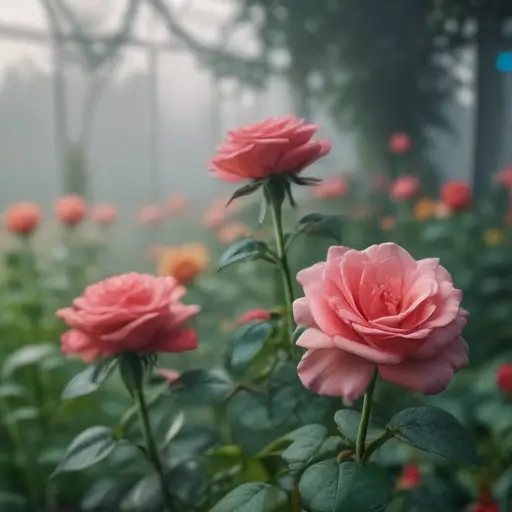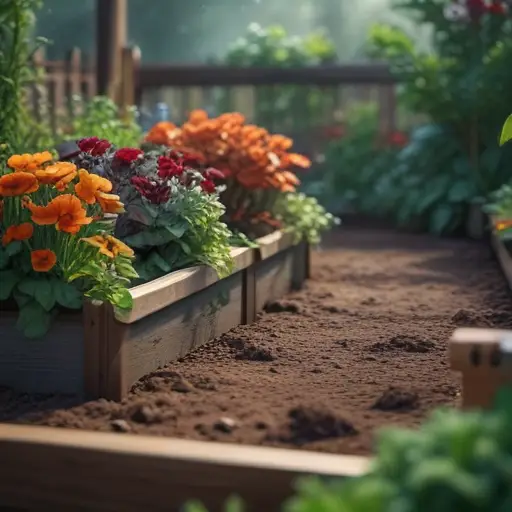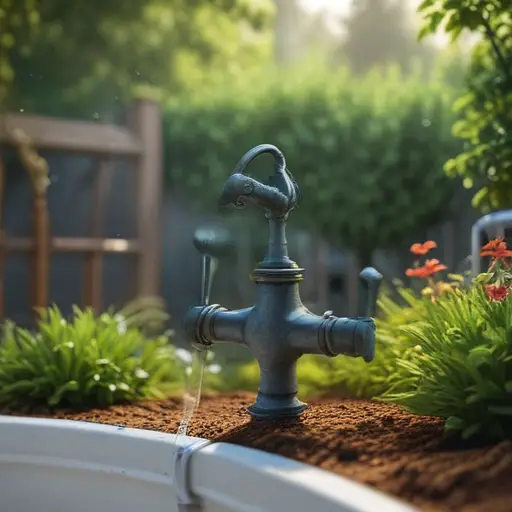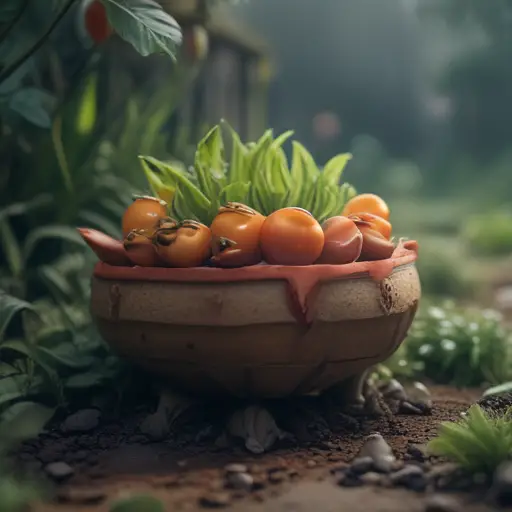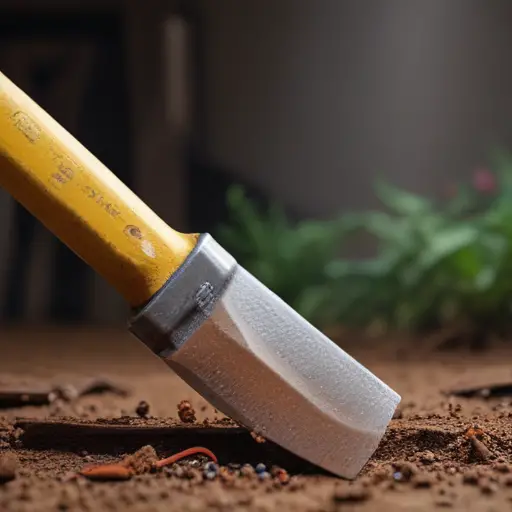Creating a Beautiful Rose Garden
Selecting the Perfect Rose Varieties
Selecting the perfect rose varieties for your garden can be a daunting task, especially when faced with a plethora of options. Do you go for the classic red roses, the whimsical pink ones, or maybe even the exotic rainbow-colored ones? It’s like trying to choose your favorite flavor of ice cream – impossible! But fear not, dear readers, for I am here to guide you through this thorny dilemma. Consider factors such as climate, soil type, and sunlight exposure when selecting your roses. And remember, a rose by any other name would still smell as sweet (and look just as pretty in your garden). So go forth, my fellow gardeners, and may your rose garden bloom with beauty and laughter.
Designing Your Rose Garden Layout
One interesting fact about making a rose garden is that roses thrive in well-drained soil with plenty of sunlight. It is important to choose a location for your rose garden that receives at least 6 hours of sunlight per day to ensure healthy and vibrant blooms. Additionally, adding organic matter such as compost or manure to the soil can help improve drainage and provide essential nutrients for the roses to flourish.
Designing your rose garden layout is like creating a masterpiece on a canvas – it requires careful planning and a touch of creativity. Consider the size and shape of your garden space, as well as the colors and heights of the rose varieties you have chosen. Do you want a formal garden with neatly arranged rows of roses, or a more whimsical design with roses scattered throughout? Don’t forget to leave room for pathways and seating areas so you can fully enjoy the beauty of your blooming roses. And remember, a well-designed rose garden is not just a feast for the eyes, but also a sanctuary for the soul. Happy gardening!
Planting and Caring for Roses

Planting and caring for roses is a labor of love that requires patience, dedication, and a green thumb. When planting your roses, choose a sunny spot with well-drained soil to ensure they thrive. Dig a hole twice as wide and deep as the root ball, and mix in some compost or organic matter to provide nutrients for your roses. Gently place the rose plant in the hole, making sure the roots are spread out, and backfill with soil. Water thoroughly to help the roots establish themselves in their new home. Remember to space your roses at least 2-3 feet apart to allow for proper air circulation and prevent diseases.
Once your roses are planted, caring for them is essential to ensure they stay healthy and vibrant. Water your roses deeply once a week, making sure to soak the soil around the roots. Mulch around the base of the plants to retain moisture and suppress weeds. Fertilize your roses in the spring with a balanced fertilizer to promote healthy growth and abundant blooms. Prune your roses in late winter or early spring to remove dead or diseased wood and shape the plant. Deadhead spent blooms regularly to encourage new growth and prolong the blooming season.
In addition to regular watering and fertilizing, it’s important to keep an eye out for pests and diseases that can affect your roses. Common pests include aphids, spider mites, and Japanese beetles, which can be controlled with insecticidal soap or neem oil. Diseases such as powdery mildew and black spot can be prevented by planting disease-resistant rose varieties and ensuring good air circulation around the plants. If you do notice signs of pests or diseases, take action promptly to prevent them from spreading to other plants in your garden. With proper care and attention, your rose garden will flourish and bring you joy for years to come.
Maintaining a Healthy Rose Garden
Did you know that planting garlic around your rose bushes can help deter pests and diseases, making your rose garden healthier and more vibrant?
Maintaining a healthy rose garden requires ongoing care and attention to ensure your roses continue to thrive. Regularly inspect your plants for signs of pests, diseases, or nutrient deficiencies, and take action promptly to address any issues. Keep up with a consistent watering schedule, making sure to water deeply at the base of the plants to encourage strong root growth. Prune your roses regularly to remove dead or diseased wood, shape the plant, and promote new growth. Stay vigilant with weeding and mulching to prevent competition for nutrients and water. By staying proactive and attentive to the needs of your roses, you can enjoy a beautiful and healthy garden all season long.

